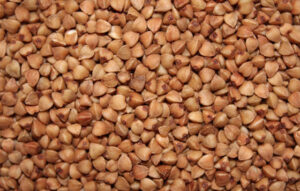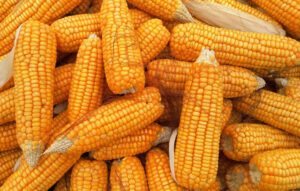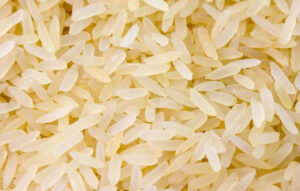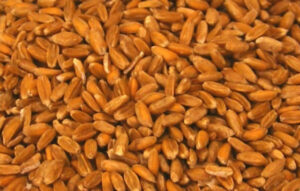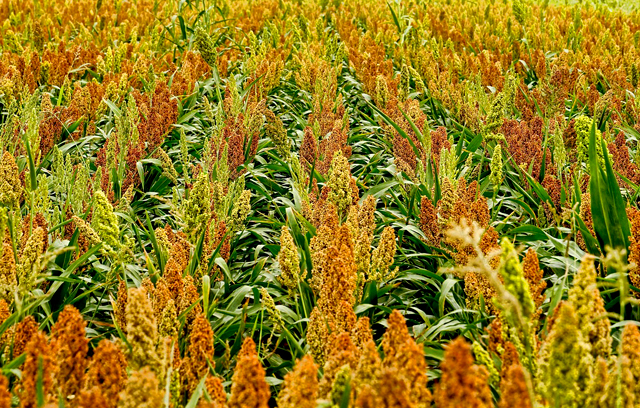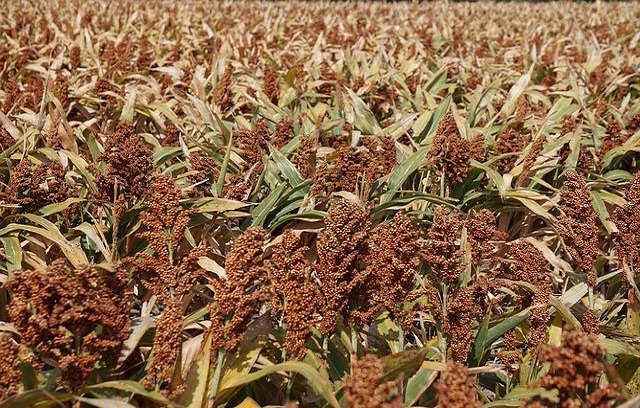GrainProTrade – Millet wholesale at producer prices
Our company GrainProTrade Millet delivers directly from farmers in Ukraine and Kazakhstan on favorable terms. Our millet has a purity of 99% and a moisture content of no more than 12%.
You can safely buy millet from us without worrying about the quality, because all of our products are consciously selected by our QM employees in Ukraine and Kazakhstan and thus meet the highest standards, which guarantees the expected quality of the goods. Besides the high standard, the products are sold at an affordable wholesale price. The terms of sale of millet can be specified at any time in writing or by phone with the manager. Our team provides our customers with the in Big Bag Millet ordered packed by truck within 5 working days.
Current prices for millet:
- millet for FCA-Price from €420/ton including freight costs.
The main advantages of the ZusaWorking with our company:
- the high level of professionalism of our entire team, which ensures trouble-free delivery of high-quality millet in the shortest possible time;
- an appropriate price level, since we deal directly with millet producers in Ukraine, e.gusamen work;
- convenient delivery straight to you.
Contact our managers on the website or by phone. We offer high quality millet at an optimal price!

Red millet

Red millet
All about millet
When talking about what vitamins are in wheat, it's just as interesting to consider how its Zusacomposition differs from the raw materials. Oddly enough, the differences are few, and they affect the vitamin base less: a little more thiamine, pantothenic acid and folic acid, and less - niacin, tocopherol, pyridoxine.
Removing the bran during grinding almost completely removes silicon from the grain and slightly reduces the content of other minerals: zinc, chromium, phosphorus, manganese, potassium, iron, copper, sodium magnesium, etc.
The ZusaThe composition of millet contains more than twenty amino acids, twelve of which are irreplaceable. Thanks to them, the tone increases, the transmission of nerve impulses from the brain to the muscles improves, the production of organic compounds and bioactive substances takes place. Fats are represented by oleic, palmitoleic, linoleic, linoleic, arachidic, stearic, myristic and palmitic acids. In their number on the list of the most popular cereals, millet is inferior only to oatmeal.
The scope of grain and millet flour is expanded by the fact that it does not contain gluten. For this reason, it is safely eaten in diabetes and in the risk group. Gluten-free flours and grains are great for feeding young children without the risk of allergic reactions.
Modern botany defines millet as a genus that includes more than four hundred cultivars around the world. Of these, only eight are widespread in Russia. The sowing method of the plant Panicum Miliaceum is used for the morphological description. It is an annual herb introduced into culture as a cereal crop. Most often it grows in the form of bushes formed by several stalks growing up to one and a half meters. The lobed root system grows up to 120 cm wide and greater than 150 cm deep.
The cylindrical stalks comprise up to 10 sections, separated by knots, and are sparsely hairy. The type of leaves is linear–lanceolate; They can be either bare or hairy; They are reddish in color or in various shades of green, reach a length of more than half a meter and up to 40 mm in width.
The culture is easily recognized by paniculate inflorescences, often up to half a meter long. Each branch is topped with short bicolored spikelets. One flower is usually genderless or dusty and the other is bisexual.
When the plant is mature, grains of round or elliptical shape up to 2 mm in diameter are formed. The color varies from red to white, with a predominance of yellowish shades. Depending on the variety, the vegetation of the grass lasts 2-4 months.
After the appearance of germination, the plants in the soil are well mastered and can withstand cooling down to -2 °С, at -3 °С their health is severely undermined, and with even greater cold, the plants die.
The temperature is of great importance for the plant throughout its growth. The temperature set for early-ripening varieties is 1500 °С, for late-ripening varieties - 1600 °С, in the cool seasons and with constant humidity - 2000 °С and more. The plant is more resistant to heat than most cereals and can withstand a rise to +40 °С for two days.
Humidity requirements are also low during the germination phase. Therefore, it is widely grown in arid areas. With low soil moisture, nodular roots form. Efficacy in dry conditions is ensured by allowing plants to reduce growth and pause growth to conserve moisture. In contrast to the breads of the first group, the bitter fields benefit from rainwater in the second half of summer.
Millet feels comfortable on an intense but short light day. A common way to increase yield is to sow in rows from south to north, increasing lighting and average temperature.
It grows best and bears fruit on chestnut soil and black soil, but is also effective in other countries with the right fertilizer. Plants actively tolerate salt and prefer acid-neutral soil (6-7 pH).
The millet, which was most introduced into the culture in Russian fields, has 5 subspecies (lumpy, compressed, loose, scattered, oval), divided into more than 10 varieties. The classification is based on the structure and color of the panicles, the coloring of the grain.
After harvesting, the crops are cleaned from the fields of garbage and broken grain, after which they are dried until the humidity drops to 15-17%. The next processing step before storage is separation. Thanks to him, the grain is dimensionally filtered from extraneous impurities, such as a spike or a gray bristle.
The main economic purpose of the bitter fields is to obtain raw materials for the production of valuable grain - millet. This product is practically no worse than other important crops, but it has one important advantage - its source can bear fruit in areas that are not suitable for the growth of most analogues. Porridges, soups, boiled and fried side dishes are most often prepared from millet. A very tasty and useful pastry is obtained from millet flour, although it is not on sale now.
A large proportion of the grain produced is used as a feed base for poultry. The straw and leaf dust remaining after the harvest campaign are used as silo products.


